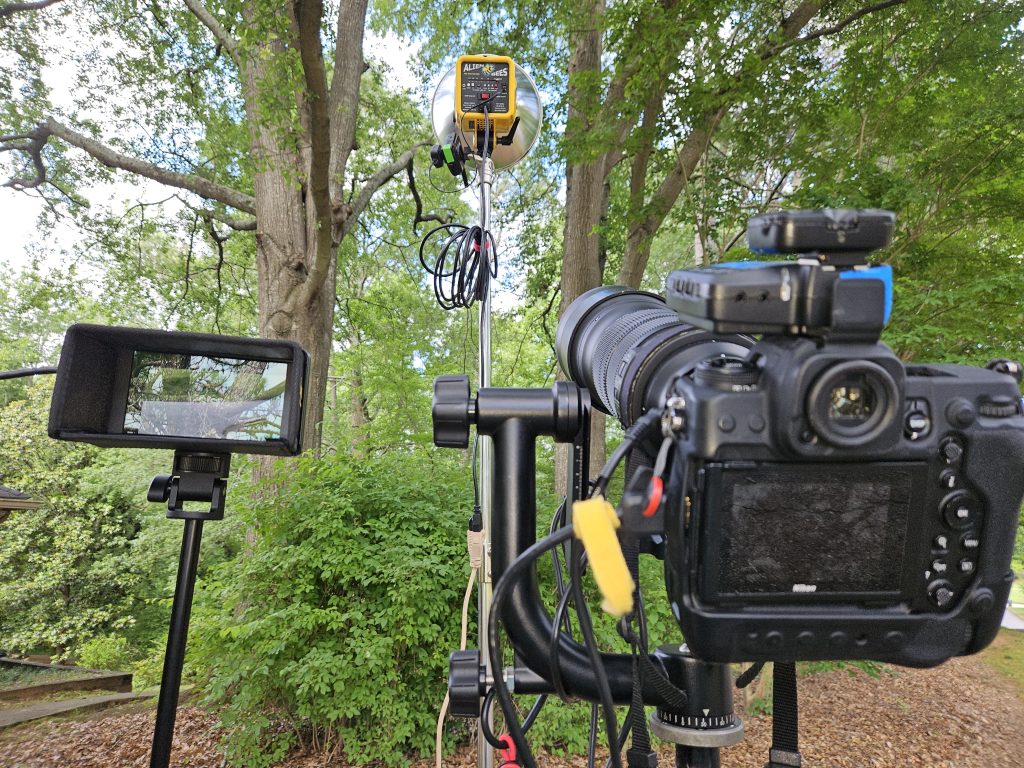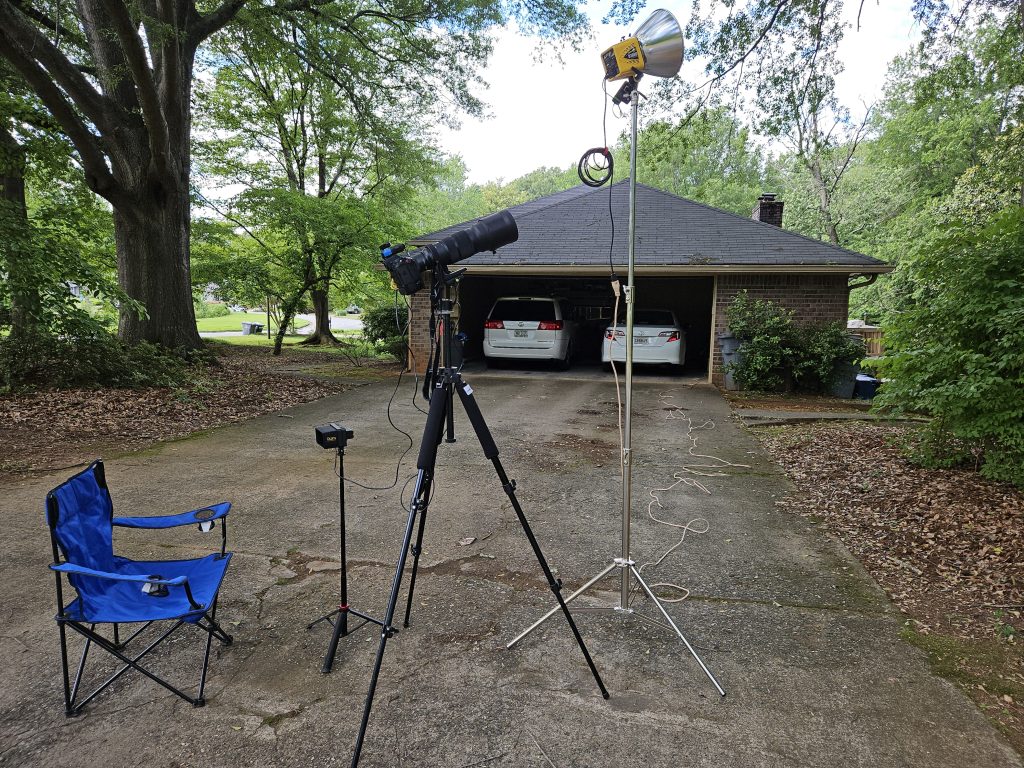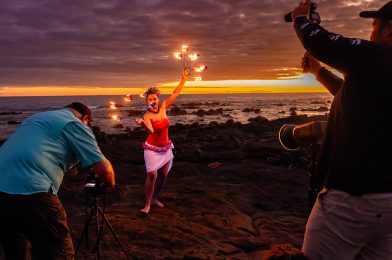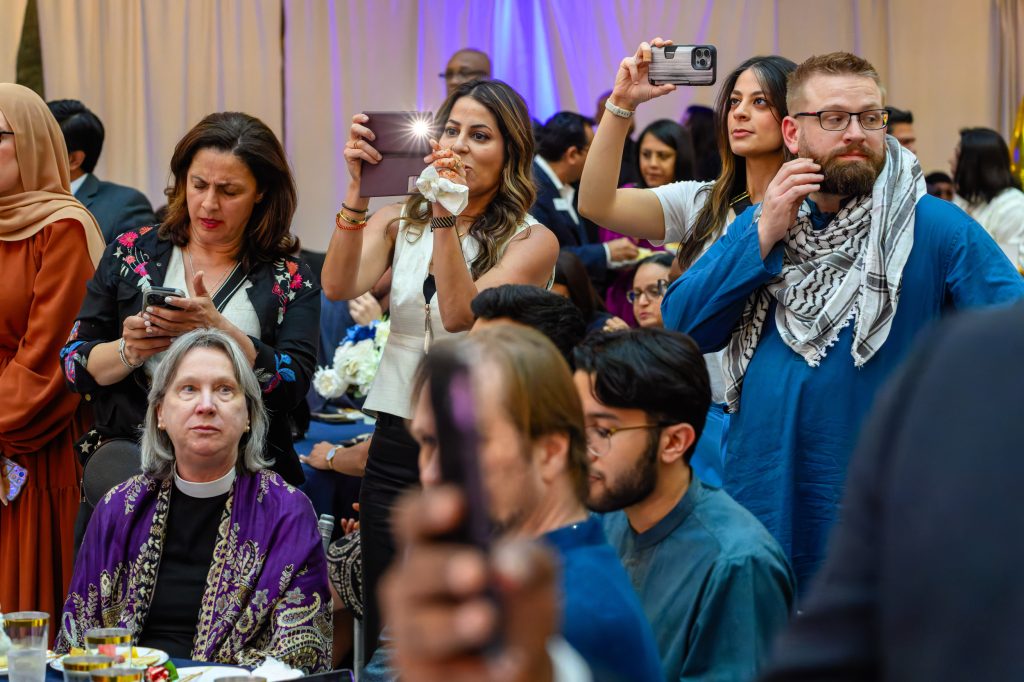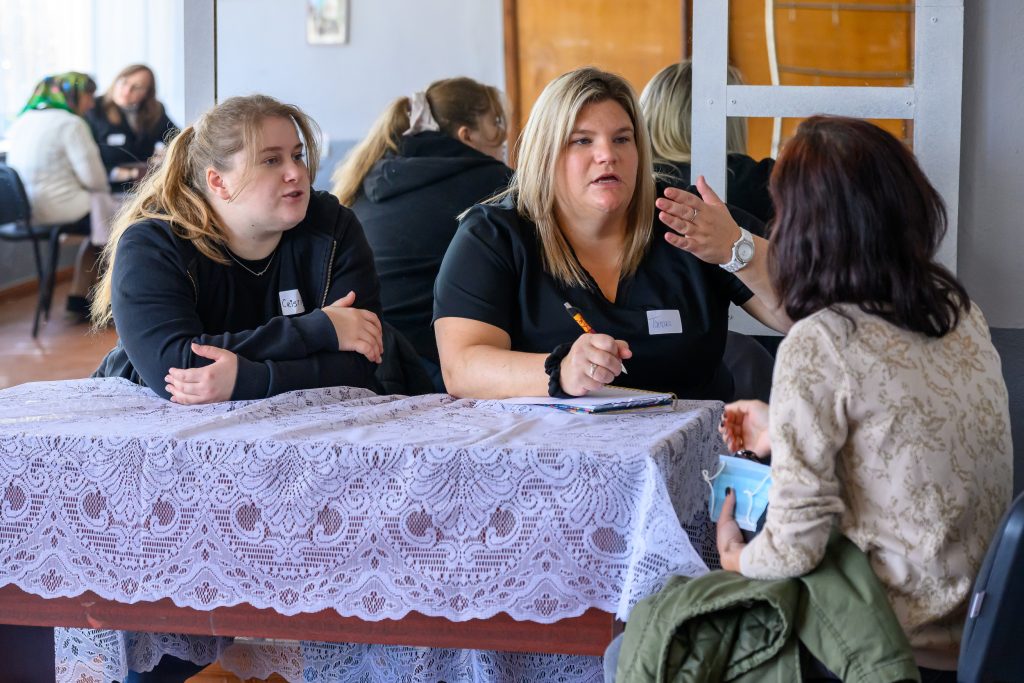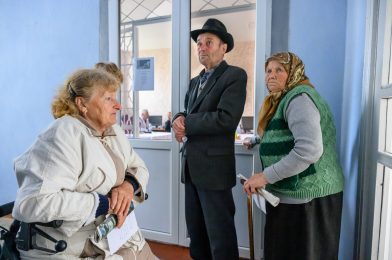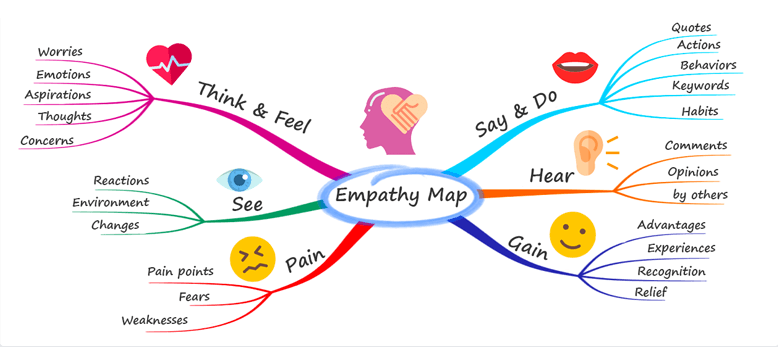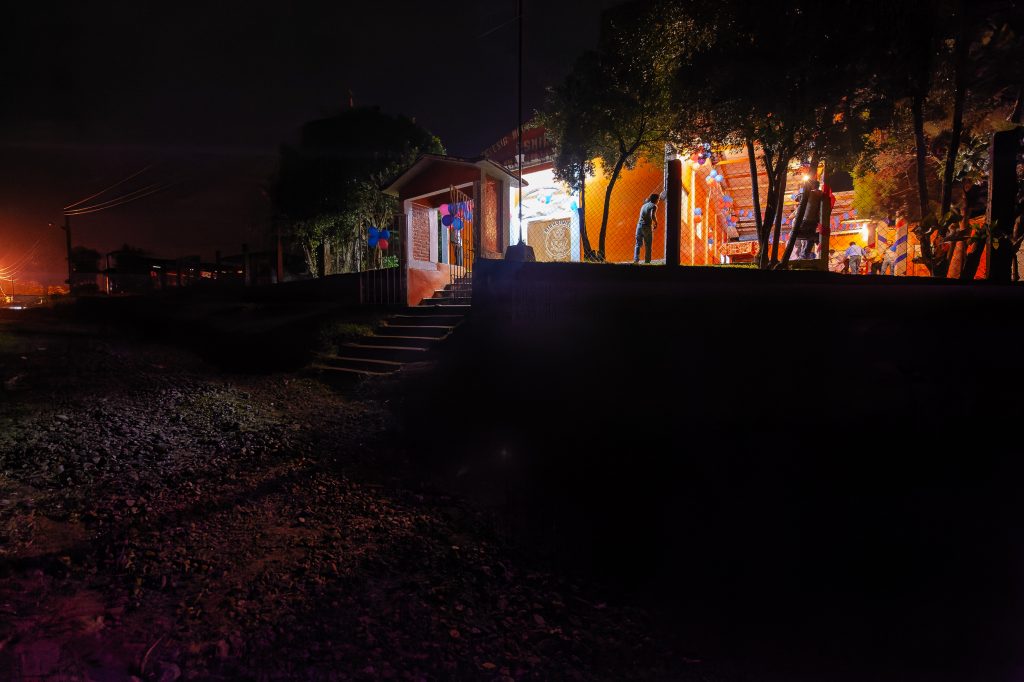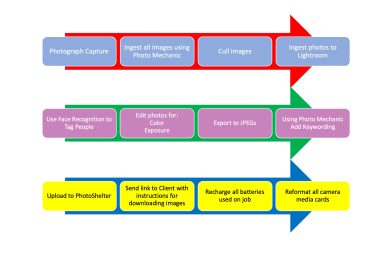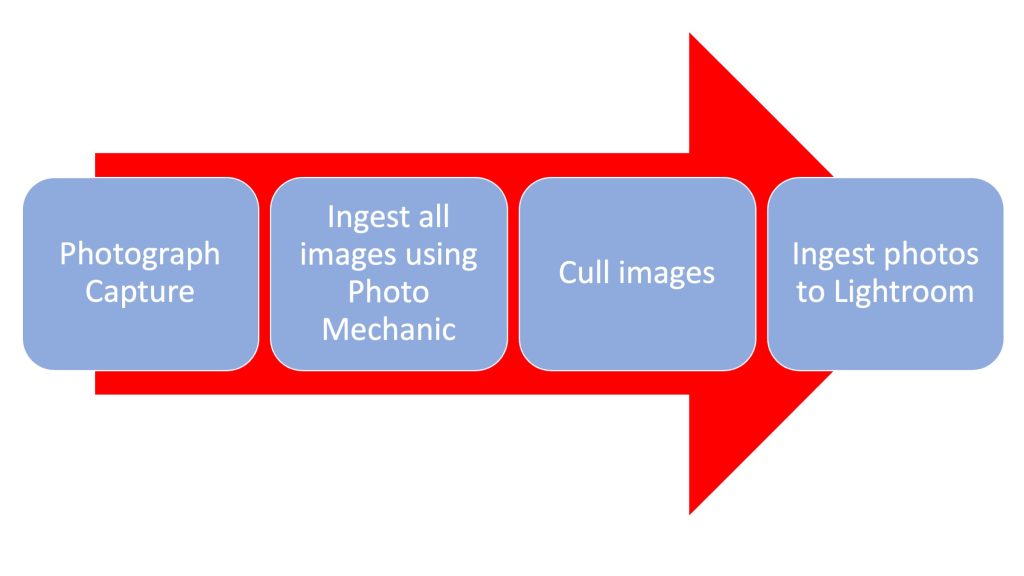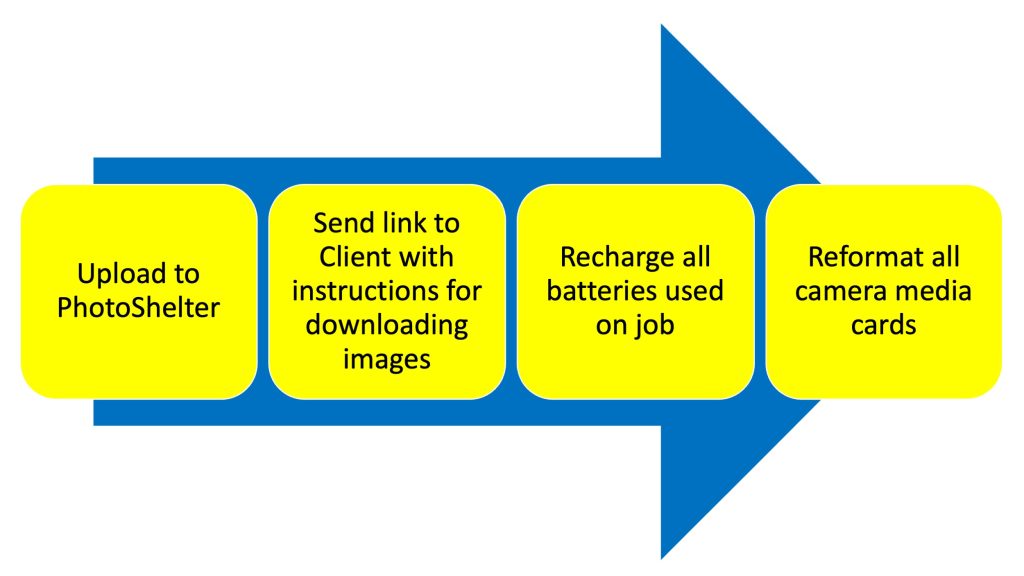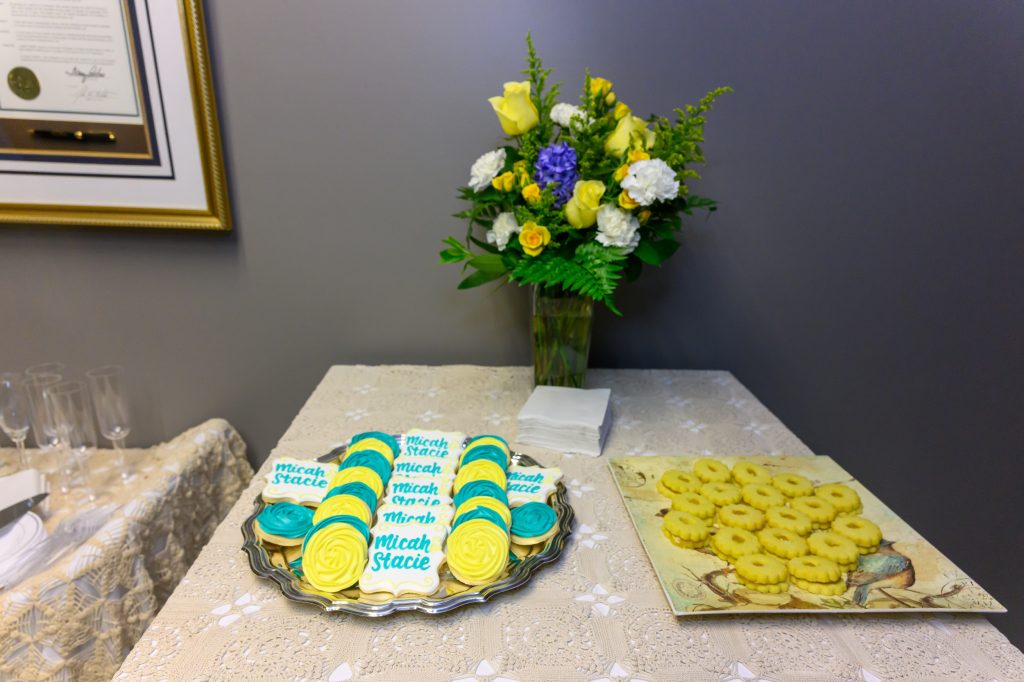Technology has long been a double-edged sword in storytelling, empowering and limiting the creative endeavors of storytellers across mediums. From the evolution of photography to the advent of digital capture and the proliferation of video, technological advancements have continuously reshaped the landscape of storytelling, offering both challenges and opportunities for storytellers like myself.
In photojournalism, transitioning from large format cameras like the 4×5 to more portable 35mm cameras marked a significant turning point. Photographers could move more freely, quickly capturing candid moments and intimate details. This shift enabled photojournalists to fully immerse themselves in their subjects’ worlds, resulting in more affluent, compelling storytelling.
Consider the work of legendary photojournalist Henri Cartier-Bresson, whose mastery of the 35mm Leica camera allowed him to pioneer the genre of street photography. His iconic images, captured with stealth and precision, offered glimpses into the lives of people from all walks of life, showcasing the beauty and complexity of the human experience.
Similarly, the era of Kodachrome film brought challenges and constraints for photographers, particularly those working for publications like National Geographic. With its limited latitude and sensitivity to light, Kodachrome demanded meticulous planning and timing. Photographers often had to rely on the golden hours of morning and evening light to achieve the vibrant colors and dynamic contrasts that defined the magazine’s visual aesthetic.
Yet, despite these limitations, photographers like Steve McCurry and David Alan Harvey produced timeless images that transported viewers to far-flung corners of the globe, capturing moments of beauty and resilience in the most unlikely places.
The advent of digital photography revolutionized the storytelling landscape once again, offering storytellers unprecedented freedom and flexibility. Suddenly, the constraints of film were lifted, allowing photographers to experiment, iterate, and innovate like never before. With digital capture, storytellers could push the boundaries of creativity, exploring new techniques and perspectives without fearing wasted film or missed opportunities.
Moreover, the affordability of digital cameras and editing software democratized storytelling, making it accessible to a broader range of storytellers. No longer bound by the prohibitive costs of film and darkroom equipment, aspiring storytellers could hone their craft more quickly and effectively, accelerating their learning curve and expanding their creative horizons.
Today, the storyteller’s toolkit is more expansive and versatile. With the rise of social media and online platforms, storytellers can instantly reach audiences across the globe, sharing their narratives with unprecedented immediacy and impact. From Instagram stories to YouTube vlogs, the possibilities for storytelling are virtually limitless, transcending traditional boundaries of time and space.
However, amidst this technological abundance, one fundamental truth remains unchanged: the power of storytelling lies not in the tools we use but in the stories we tell. Whether through photographs, videos, or any other medium, the essence of storytelling lies in our ability to connect, inspire, and move our audiences on a profound emotional level.
As storytellers, we must never lose sight of this fundamental truth. While technology may shape how we tell our stories, ultimately, the strength and substance of those stories will endure the test of time. So, let us embrace the possibilities that technology affords us, but let us never forget that at the heart of it all lies the timeless art of storytelling.
Embracing the art of storytelling is paramount in today’s ever-evolving landscape of visual communication. In an era where technology provides us with an abundance of tools and platforms, the actual currency of our industry lies in our ability to craft compelling narratives that resonate with our audience. To thrive in this dynamic environment, one must possess technical proficiency and a deep understanding of the principles of storytelling.
Becoming a proficient storyteller requires more than technical skill; it demands a keen eye for detail, a compassionate understanding of human nature, and a relentless pursuit of authenticity. As storytellers, we must immerse ourselves in the stories of others, learning to empathize with their struggles, hopes, and dreams. By recognizing the universal themes that unite us all, we can create narratives that transcend cultural boundaries and resonate with audiences on a deeply emotional level.
I understand that compelling storytelling begins with empathy and insight. I believe in the power of narrative to inspire change, spark conversation, and foster connection. Whether working with a nonprofit organization, a business, or a creative individual, my approach remains the same: listening, learning, and crafting stories that speak to the heart.
When crafting a story, we adhere to a simple yet powerful framework:
a) Specific Person: Every story revolves around a central protagonist whose experiences and journeys are the narrative’s focal point. By humanizing our stories through the lens of individual experience, we create a connection that resonates with our audience personally.
b) Specific Challenge: A compelling story is driven by conflict and resolution as the protagonist confronts and overcomes obstacles along their journey. We can create narratives that offer insight, inspiration, and hope by identifying our audience’s challenges.
c) Specific Imagery: Visual storytelling relies on the power of imagery to evoke emotion, convey meaning, and immerse the audience in the world of the narrative. From striking photographs to cinematic sequences, each image serves as a window into the story’s soul, inviting viewers to experience its depth and complexity.
d) Specific Feelings: Ultimately, the goal of storytelling is to evoke emotion—to make our audience laugh, cry, think, and feel. By tapping into the universal language of human emotion, we can create narratives that resonate with our audience on a visceral level, leaving a lasting impression long after the story has ended.
In essence, storytelling is not just a skill—it’s a mindset, a way of seeing the world through others’ eyes. By embracing the art of storytelling, we can harness the power of technology to elevate our craft, amplify our message, and inspire positive change in the world. At Stanley Leary, we are committed to empowering storytellers to unleash their creative potential, one story at a time.
Tagged : Gear Tips

